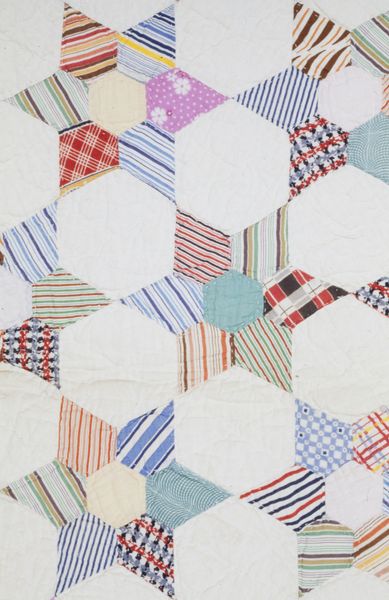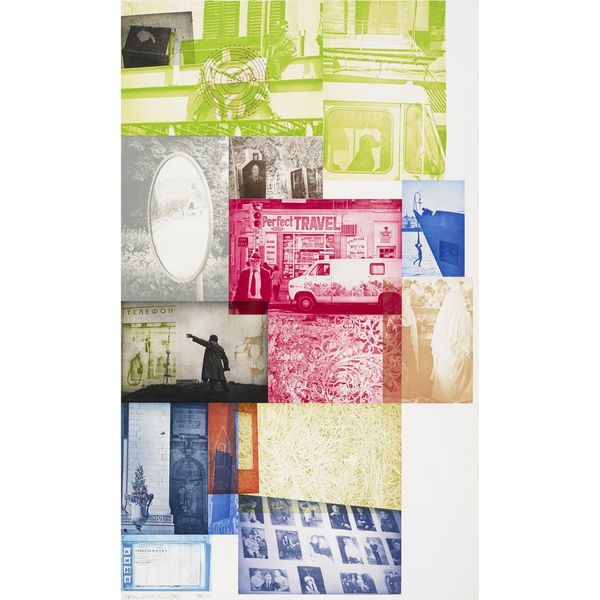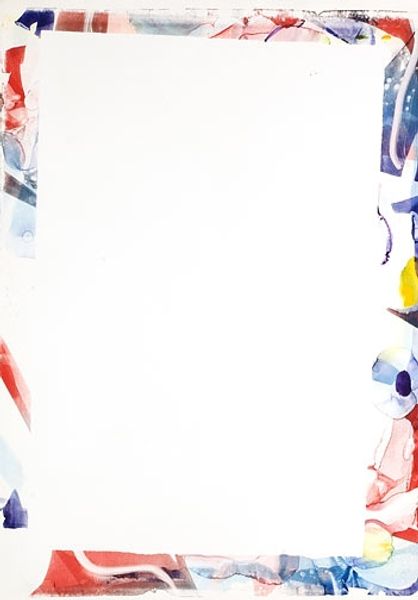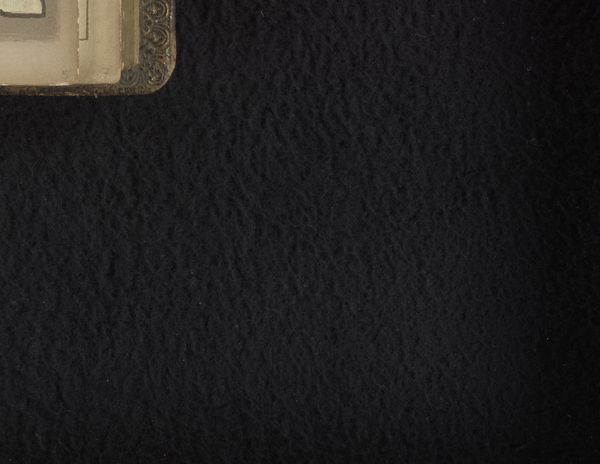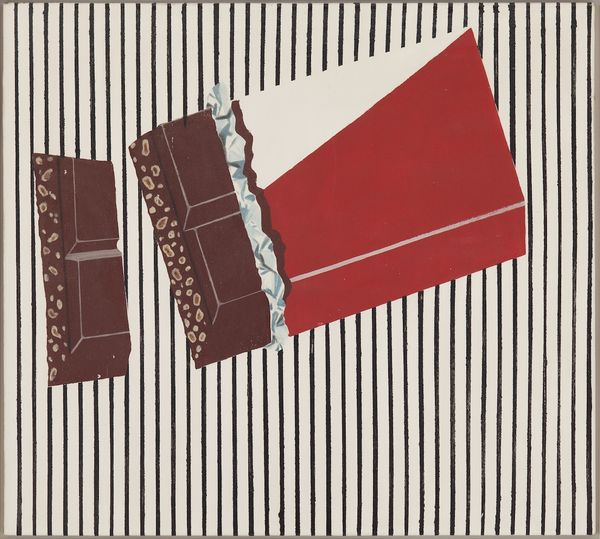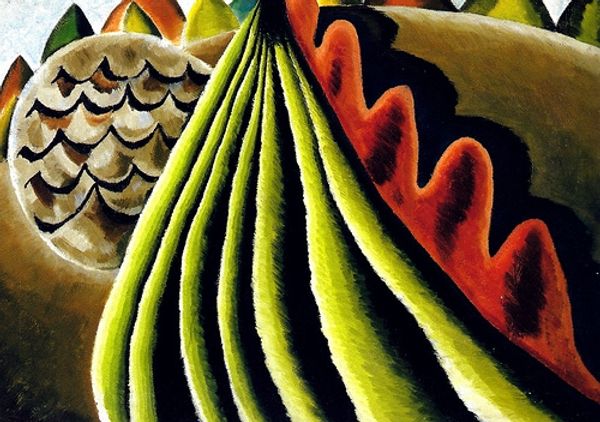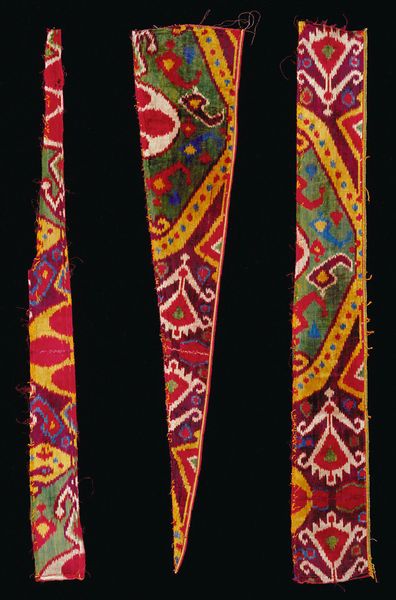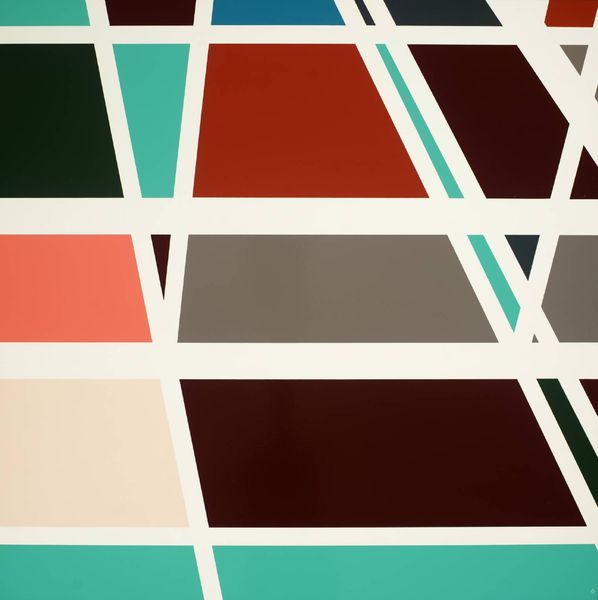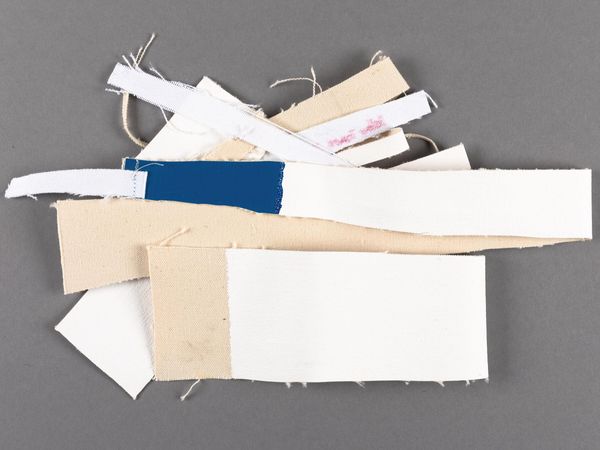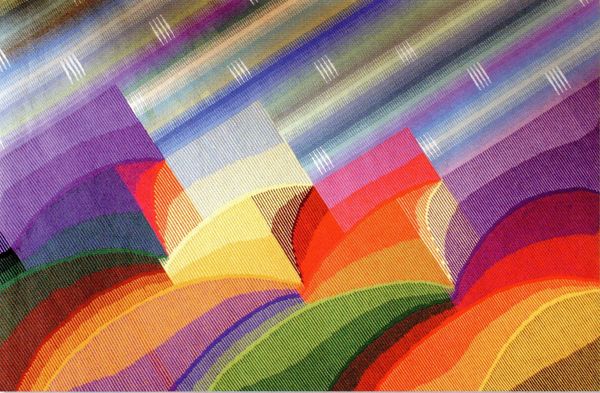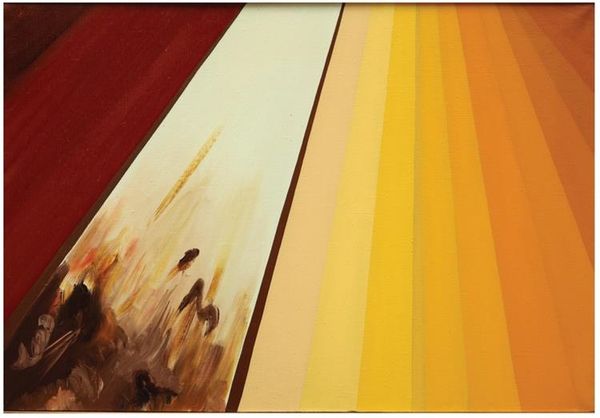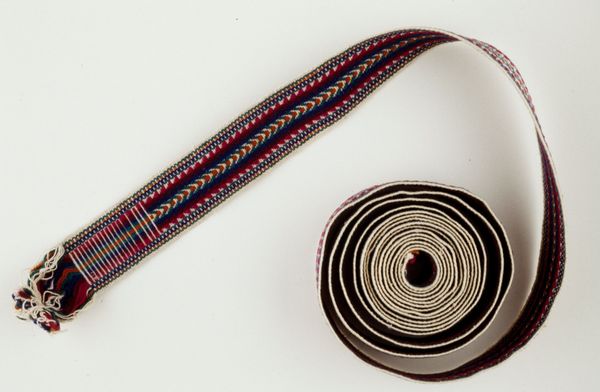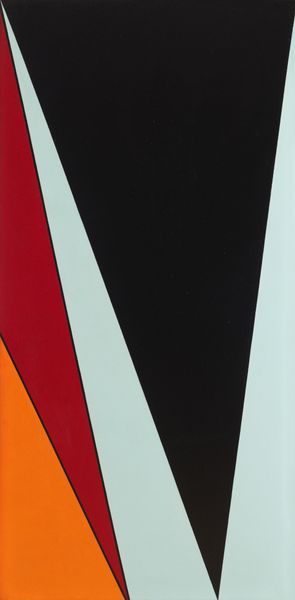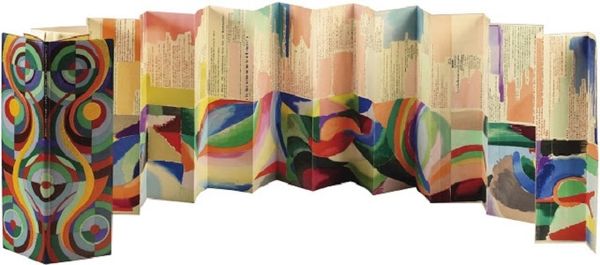
photography
#
still-life
#
still-life-photography
#
photography
Dimensions: image/sheet: 32.1 × 24.3 cm (12 5/8 × 9 9/16 in.) mount: 50.6 × 40.6 cm (19 15/16 × 16 in.)
Copyright: National Gallery of Art: CC0 1.0
Curator: Welcome. We're looking at an "Untitled" photographic work by Caroline Whiting Fellows, dating back to the 1930s. Editor: Immediately, I’m struck by the intense colors. The interplay of vibrant reds, blues, and yellows feels incredibly modern for something nearly a century old, almost defying its medium in the use of lighting and staging. It’s more than just a document; it feels staged to give almost surreal dimension to cloth and its components. Curator: Fellows, known for her keen interest in pattern and texture, had her trajectory significantly shaped by institutional frameworks like museums and galleries which actively promoted photography as fine art during that era. This piece definitely plays with the concepts surrounding traditional still-life compositions but through the novel lens of photography. Editor: Precisely. What is captured, and how, is crucial. These aren't "precious" objects often depicted in still lifes, like fruit or flowers. The photograph challenges the traditional hierarchy, turning textiles and tools—things traditionally associated with domestic labor—into something worthy of artistic attention. The presence of the ruler also makes one aware of a relationship of production with the source material. Curator: And Fellows' work really fits into that developing conversation around photography's ability to abstract everyday items and elevate mundane subjects through her eye, contributing a uniquely female perspective into then dominant dialogues mostly steered by men. Editor: Yes. Thinking about labor, too, these colors and textures also conjure up feelings related to domestic spaces of creation. How domestic craft historically, across race and class, can exist in counterpoint and perhaps even subversive discourse to “high” art and “male” enterprise. Even just looking at the light against the material brings so much visual context. Curator: Right. Fellows, through images like these, questions art's purpose and value system by inviting her audience into recognizing beauty around their surroundings with everyday tools. It’s interesting how her photography captures the quiet, overlooked textures and routines from the life around us, and also allows future generations to ask critical questions concerning the nature and socio-political role of artistic interpretation. Editor: Exactly! Ultimately, Fellow’s perspective prompts a profound questioning that invites both maker and viewer to ponder conventions around materiality and artistic validation. The photo becomes this access point into broader conversations of gender and class, and more deeply, a lens into what society deems ‘art’.
Comments
No comments
Be the first to comment and join the conversation on the ultimate creative platform.
